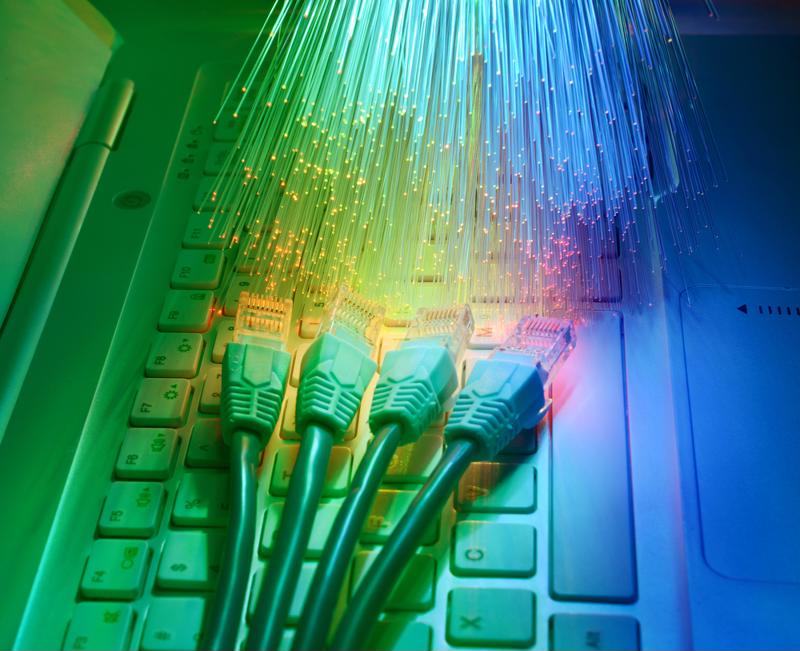
The market is more ready than ever for broadband over copper
By Max BurkhalterMay 14, 2015
Ultra-high-speed fiber-optic cables have been touted as the Internet of the future, but the technology still feels too exclusive for businesses in need of the fastest connection available. For example, Variety pointed out that production companies that transfer large amounts data to and from clients are put at a significant competitive disadvantage if Fiber-to-the-Business services are not available or are prohibitively expensive. Likewise, companies with data centers are increasingly looking to fiber connections as a means of increasing their value for customers and streamlining their daily operations.
"Copper could help to quicken the pace of ultra-high-speed broadband expansion."
Thankfully, the continued development of broadband-over-copper solutions could help to quicken the pace of ultra-high-speed broadband expansion nationwide. The surging demand for fiber and slow pace of providers to deliver those connections is creating unique market opportunities across multiple industries.
Fiber-to-the-business still out of reach for many facilities
Light Reading pointed out that despite the best effort of major Internet providers across the country, the majority of Internet infrastructure is still made up of copper wires. Several of those copper wires are already equipped with VDSL technology that allows them to deliver speeds of up to 100Mb per second, setting a precedent for using copper wires as a means of delivering competitive download and upload speeds.
Fiber-optic wire rollouts are currently driven by the development of the tech industry, so it will be a long time before a large percentage of smaller businesses and data centers will have access to full-fledged FTTB services. Thankfully, ongoing trials of copper-boosting technology like G.fast suggest that faster copper-over-broadbad technology can help to fill the gap. In fact, such a model is already at work for residential applications in the UK.
G.fast and accessories ease integration of copper-fiber mixes
Advances in G.fast, which promise to help broadband-over-copper connections achieve speeds of several hundred Mb per second. The only catch is that these speeds aren't sustainable over long distances. G.fast assisted copper wires must be connected to fiber via a fiber to Ethernet accessory, but simply reducing the total cost of fiber may by investing in copper and will help to make faster Internet connections more accessible to residents, small businesses and data centers alike.
Companies can also use this method to reduce waste and avoid the labor costs associated with ripping out and replacing hundreds or thousands of yards of copper wire. Fiber may represent the next wave of online connections in the data center, but the future is still around the corner.

Combining fiber and copper makes a lot of sense in several scenarios.
Broadband considerations for IT managers
Don't forget to weigh the current needs of the company against the benefits of future proofing when deciding whether or not to employ broadband-over-copper or a full fiber installation. Spending time and energy to rapidly overhaul the entire data center with new infrastructure could lead to unexpected downtime for your facility and unexpected integration costs. Looking to mix copper and fiber, however, is a smart compromise that will allow your facility to remain flexible a few years down the road.
Those researching the state of G. fast will find that there is no shortage of companies interested in developing the technology for applications domestic and abroad. On the flip side, the high cost of fiber and slow rate of expansion do not seem to be adjusting in the near future. This market tension suggests that there will be continued opportunities for the development of broadband-over-copper, as well as subsequent cost reductions for data center companies savvy enough to take advantage of the savings.
Perle has an extensive range of Managed and Unmanaged Fiber Media Converters to extended copper-based Ethernet equipment over a fiber optic link, multimode to multimode and multimode to single mode fiber up to 160km.



